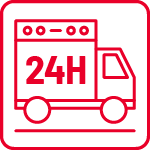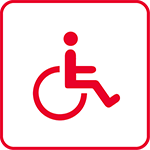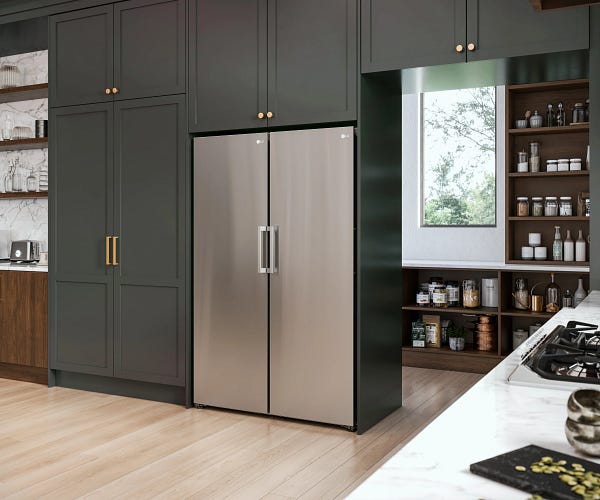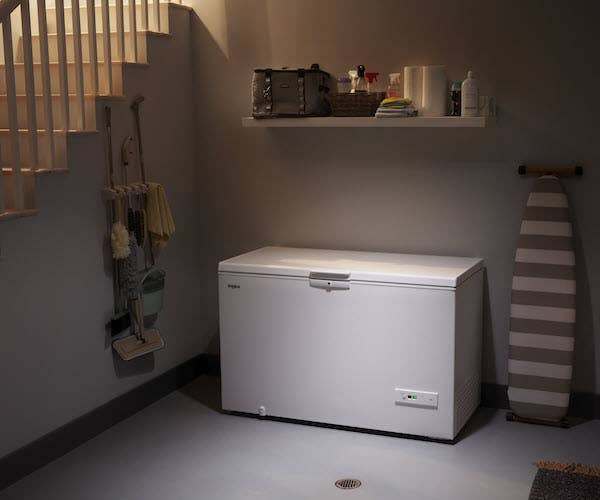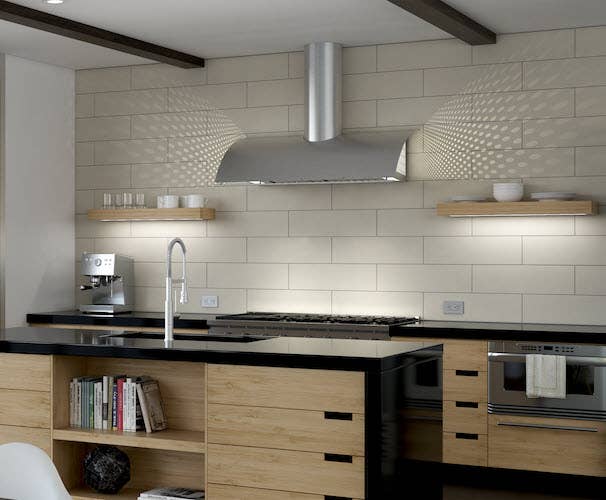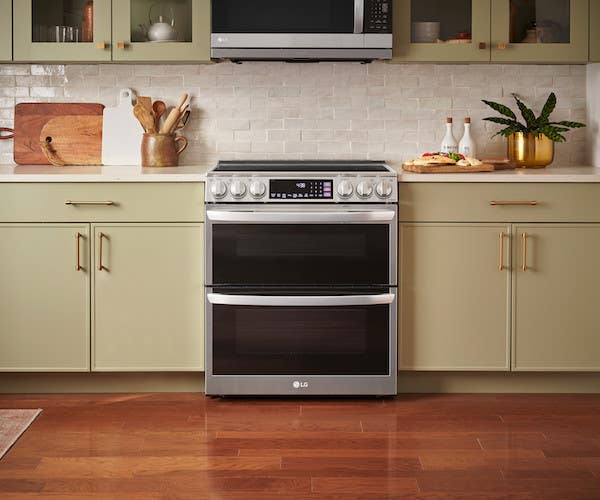Selection criteria for choosing a range hood
Dimensions of the range hood
The usual width of a hood varies from 24 to 36 in. (61 to 91 cm ). The 30 in. (76 cm) models are the most popular, as their dimensions correspond to standard ranges.
Measure 6 in. (15 cm) wider than the width of your range or cooktop so that the hood extends at least 3 in. (7.6 cm) on each side. This is especially important with gas burners.
If your space doesn't allow for a range hood as deep as your cooktop, make sure it reaches at least half of the front rings/burners. Also consider the available distance from the cooking surface to the ceiling or countertop.
Type of range hood
Five types of range hoods are available on the market:
- wall-mounted, the classic under-cabinet format;
- built-in, to be integrated in a custom-made cabinet;
- integrated under a microwave oven;
- in a chimney in the form of an exhaust duct;
- floating in an island.
Next, you need to determine if you have an air outlet in your home that exhausts air to the outside or if you need a recirculating air hood, which is unfortunately noisier. Exhaust is the best scenario! The carbon filter used in recirculation helps reduce strong odours, but you will not exhaust the smoke or powerful fumes created during your cooking sessions.
Range hood air flow rate
To ensure that the airflow of your range hood is suitable for your use and your kitchen, measure the volume of the room in cubic feet or metres (height x width x length).
A good flow rate is calculated in cubic feet per minute or CFM. In Quebec, the National Building Code requires at least 100 CFM, but ventilation experts suggest 100 CFM per linear foot of cooking surface. In the case of a floating island model where the distance to the cooktop is greater, it is recommended to add 100 CFM per 3 in. (7.5 cm).
You will then have the information in hand to verify with one of our advisers at 1-833-CORBEIL that the duct (generally 6 to 10 in. [15 to 25 cm]) corresponds to the flow.
Range hood filter
The various hoods have equally varied filters. Choose full-surface hood filters, which are more efficient and less likely to clog. Look for aluminum or stainless steel filters that are dishwasher safe, so you don't have to wash them by hand every few months. Some fume hoods require charcoal filters; these should be changed twice a year.
Hood lighting
In addition to promoting air circulation and filtration during cooking, a hood often serves as a source of light to illuminate your work surface. Pay attention to this aspect when choosing your hood and avoid LED bulbs as much as possible, because they are not heat tolerant.
Colour and finish of the hood
Designers agree: the look of the hood is a crucial part of your kitchen décor. So you should choose the colour carefully and decide if you want the matte or the glossy finish. Some people match them with their appliances, while others use the hood as a focal point to start thinking about design. This part will depend on the current layout of your kitchen.
Noise level
The more powerful the hood, the louder it is unless you pay a lot of money to make it quiet. The noise level of a hood is generally between 38 and 70 decibels. Test the noise of any appliance above 55 decibels to make an informed purchase. Please note that it is possible to install the motor outside the house, but this will incur additional costs.
Energy consumption
As with other appliances, some range hoods have received Energy Star® certification, attesting to reduced energy consumption. Also look for the Home Ventilating Institute (HVI) seal, another quality standard in the ventilation world.
Other interesting features
In addition to the above, a range hood can have additional features, such as automatic shut-off or start-up after a certain period of time, or a heat sensor that runs the fan when needed or sounds an alarm if something goes wrong.
Visit Corbeil's website to view all the range hood models now!
Best Sellers



